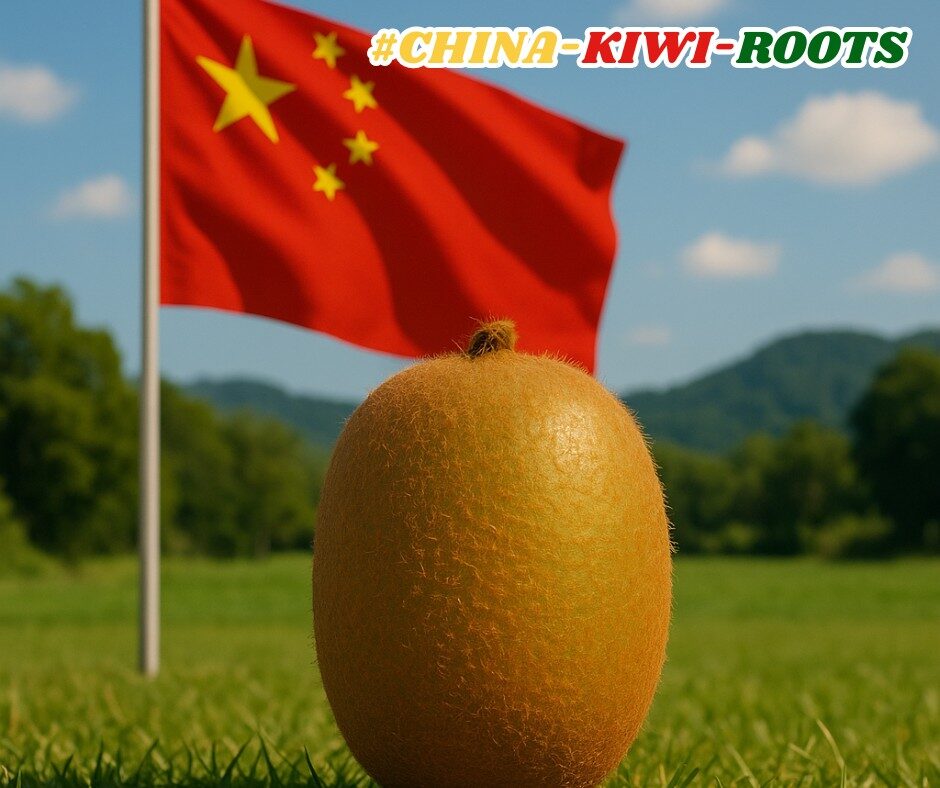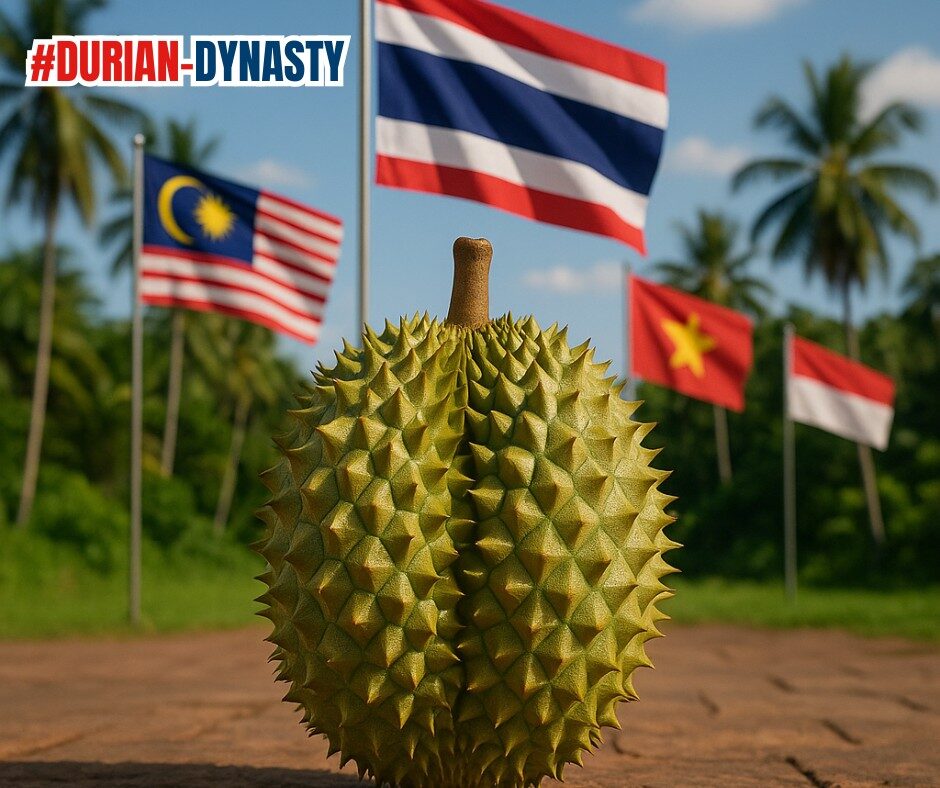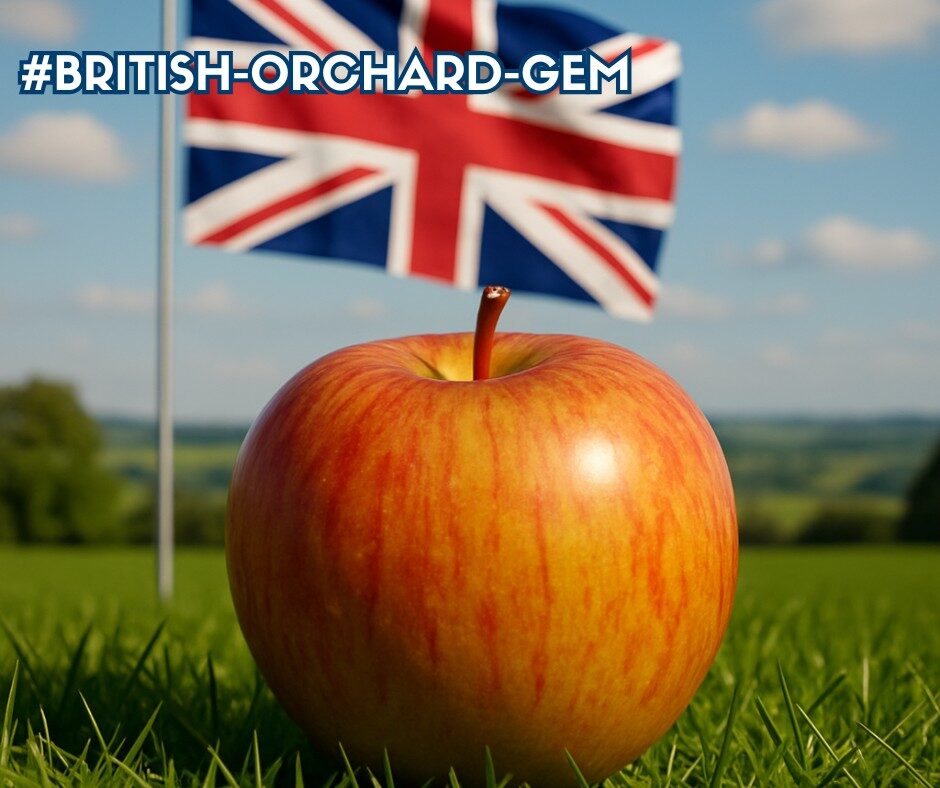by Dr. Marli Botha
What is a zucchini’s favourite game? A: Squash!
The zucchini or courgette is a summer squash which can reach nearly 1 metre in length, but is usually harvested when still immature at about 15 to 25 cm. In South Africa, a zucchini is also known as a baby marrow. In a culinary context, the zucchini is treated as a vegetable; it is usually cooked and presented as a savory dish or accompaniment. Botanically, zucchinis are fruits, a type of botanical berry called a “pepo”, being the swollen ovary of the zucchini flower.
- Zucchini is low in fat and sodium, but high in fiber and potassium. These properties help to maintain healthy blood circulation. Low sodium and high potassium help to maintain healthy blood pressure while fiber, such as the polysaccharide in zucchini, lowers cholesterol levels. This combination works synergistically to maintain good circulation, which is necessary for healthy blood pressure and a healthy heart.
- Zucchini may promote healthy digestion in several ways. For starters, it’s rich in water, which can soften stools. This makes them easier to pass and reduces your chances of constipation. Zucchini also contains both soluble and insoluble fiber. Insoluble fiber adds bulk to stools and helps food move through your gut more easily, further reducing constipation risk. This benefit is compounded if you have enough fluids in your diet. Meanwhile, soluble fiber feeds the beneficial bacteria living in your gut. In turn, these friendly bacteria produce short-chain fatty acids (SCFAs) that nourish your gut cells. What’s more, SCFAs may help reduce inflammation and symptoms of certain gut disorders, such as irritable bowel syndrome (IBS), Crohn’s disease, and ulcerative colitis.
- Squash blossoms may be stuffed, battered and fried, or made into soup. The flowers have a subtle flavour, reminiscent of young zucchinis, and can be eaten raw. The flowers are also frequently stuffed and cooked. Such dishes belong to a family of stuffed vegetable dishes, dolma, in the cuisine of the former Ottoman Empire. The stuffing frequently includes a soft cheese, such as ricotta. In the Campania and Latium regions of Italy and in some parts of Catalonia (Spain) they are frequently made into fritters. Its use is extensive in Mexican cuisine, especially in Central Mexico, where it is used for soups and as a filling for quesadillas.
- Moreover, like cucumber, zucchini too can be used to prevent puffy and swollen eyes. A slice of raw Zucchini is to be placed on each eye for 30 minutes for a week, and you’ll see a noticeable difference.
- Green vegetables and fruits, like zucchini, promote stronger bones and teeth. The lutein and zeaxanthin in zucchini keep the bones and teeth strong. In addition, they also strengthen the blood cells. Zucchini also contains vitamin K, which contributes to stronger bones. Magnesium is another nutrient zucchini is rich in. Most of the body’s magnesium resides in the bones, which helps build strong bones and teeth. Magnesium also works along with calcium to improve muscle contraction. The folate in zucchini also protects the bones. And so does beta-carotene. Studies show that the body converts beta-carotene into vitamin A, which contributes to bone growth. Zucchini contains phytochemicals such as indoles, which, according to Rutgers Cancer Institute of New Jersey, maintain strong bones and teeth. Similar findings have been published by the California Department of Public Health.




